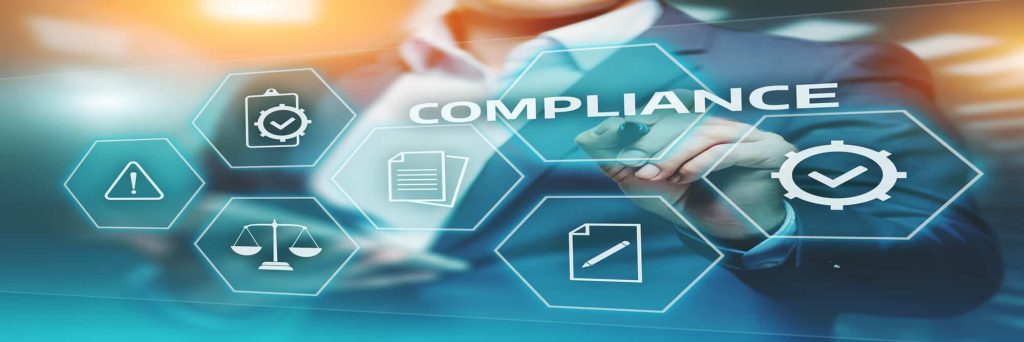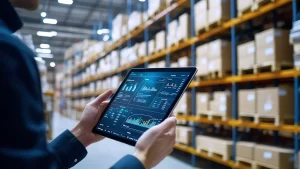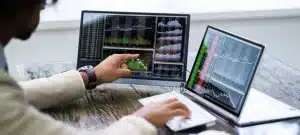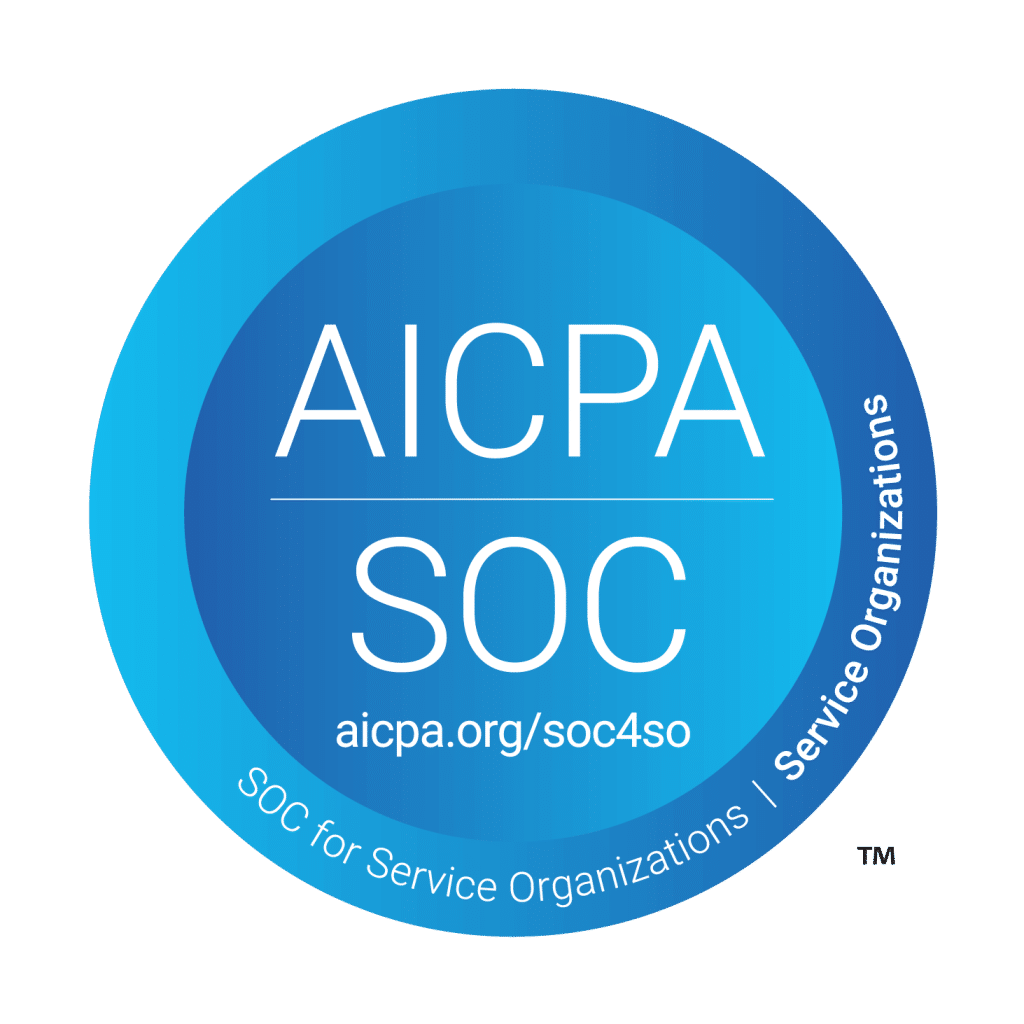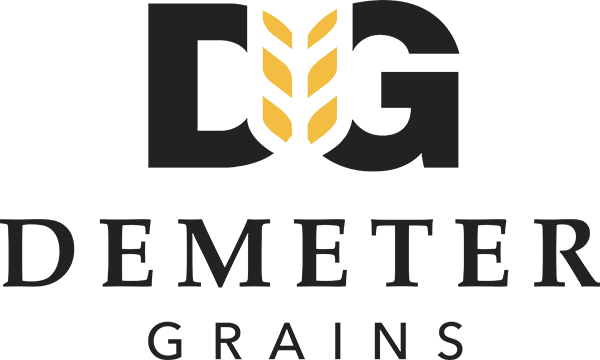Introduction
Governmental commodity trading is a critical segment of the global economy, particularly in such sectors as agriculture, energy, metals, and forestry. But trading in the volatile markets also means large financial and operational risks-ands regulatory risks. This is where Commodity Trading and Risk Management software (CTRM) comes in.
Commodity management software is custom-designed to take care of the intricacies of commodity trading by bringing together trade capture, risk analysis, supply chain logistics, and regulatory compliance. CTRM solutions help companies around the world, which may have issues peculiar to them, such as exchange rate fluctuations, complex foreign regulations, or climate-related threats, to stay competitive and profitable.
In this guide, we will walk you through the various features one should look for in a CTRM software, study the latest market trends, review the best CTRM solutions worldwide, and provide you with practical information to help you initiate this set of tools into your business and protect your trading activities.
What is Commodity Trading Risk Management Software
A Commodity Trading Risk Management Software(CTRM) platform is an integrated solution for managing the trading and risk-oriented aspects of the commodity markets for an enterprise. Rather, the platform offers full visibility and control over the entire trading lifecycle, from trade capture and contract management to risk analysis, logistics, and financial settlement.
Given this, a commodity management software will support entities in handling the rather complex business of trading commodities such as energy, agriculture, metals, and chemicals. The system consolidates data across various functions for traders to analyseanalyze the market, manage exposures, and comply with industry regulations. It also supports strategic decisions through analytics and reporting tools.
Core Features of CTRM / CTRA Systems
An array of specialisedspecialized features offered by commodity trading risk management software or a CTRM commodities software assists in the management of this multifaceted world of commodities:
Trade Capture & Lifecycle Management
A commodity risk management software (CTRM) system assists through a structured trade lifecycle, from creation and execution to settlement. That is, every transaction is monitored from its birth to ensure even minimal errors while exercising utmost transparency.
Position & Exposure Tracking
For volatile markets, knowing your exposure at any moment is paramount. Commodity management software platforms deliver real-time visibility into open positions so that companies can make decisions based on facts.
Market Data & Analytics
Today, the world is filled with suppliers and traders who are ready to jump onto opportunities. This makes today’s business world more competitive than we have ever seen before. Hence, the need for real-time market data and sophisticated analytics is necessary to gain a major edge and stay competitive. For example, in agriculture, aspects like value-at-risk (VaR), scenario analysis, and price forecasting capabilities allow traders to predict market movement and hedge risks accurately.
Risk Management Tools
The best CTRM software provides the tools for stress testing, credit risk analysis, and credit limit setting. This is crucial for firms trading across geographies with varied financial counter-parties.
Logistics & Supply Chain Management
Every day, a huge amount of products are moved domestically and internationally. This coordination requires a specialisedspecialized solution, especially for items like commodities, grain, oil, or timber. These solutions work in areas like warehousing, shipping, and cross-border compliance, ensuring hassle-free supply chain management.
Accounting & Regulatory Compliance
Commodity management software solutions assist companies in conforming to international financial reporting standards such as IFRS. They also support audit trails and tax reporting capabilities to adhere to the strict demands of regulatory agencies around the world.
API & ERP Integration
New-generation Commodity Mmanagement Ssoftware isare developed with high-level integration capabilities with standard ERP systems, which optimiseoptimize business performance and accuracy of data across business units.
Cloud vs On-Premise Deployment
Though on-premise solutions allow for customization, cloud-based platforms for CTRM are increasingly popular because they are scalable, economical, and simple to update. Indeed, more than 64% of all CTRM users worldwide now use cloud solutions.
Selection Criteria for CTRM solution
The global commodity trading risk management software or CTRM software market is anticipated to grow to USD 125 million by 2025 at a CAGR of 6.4%. Agriculture, energy, metals, and forestry are the key sectors driving the adoption of CTRM. The following are the essential factors companies must take into account while selecting a CTRM solution:
1. Regulatory Support for International Markets
The CTRM system should facilitate compliance with cross-border regulations, including financial reporting regulations like IFRS, Dodd-Frank, MiFID II, and EMIR. For businesses trading in various regions, the system should change to accommodate diversified regulatory requirements to avoid fines and support effective trading activities across the globe.
2. Commodity Coverage Across Multiple Industries
A flexible commodity management software should allow for trading of a large variety of commodities, e.g., energy, agriculture, metals, and chemicals. Such versatility would allow corporations to trade in many sectors and execute all operations within one platform, thereby reducing system fragmentation and maximisingmaximizing data consistency.
3. Real-Time Analytics and AI Capabilities
Considering these features, a modern CTRM system should provide options for performing real-time data analysis, prediction, and decision-making support assisted by AI. Such features will enable traders to anticipate directions in the market, monitor exposures, conduct scenario analyses, and optimiseoptimize their hedging strategies. Applied correctly, advanced analytics improve both operational efficiency and avoidance of risk.
4. ERP and Supply Chain Integration
Smooth ERP integration, financial platforms, and supply chain tools are essential. This will allow data to flow smoothly from entities of finance, logistics, and procurement, and provide a complete picture of trading operations and minimiseminimizing the rate of errors in manual entry.
5. Cost-Effectiveness for SMEs and Large Enterprises
The commodity management software should include pricing models suitable for both small to medium-sized enterprises (SMEs) and large corporations. Scalability is the key, businesses should pay only for the functionality they need, with scope for further growth as the business evolves. Subscription-based or modular pricing can ensure high-end CTRM functionality is affordable for more companies.
6. Cloud Deployment Options
Cloud-based CTRM systems offer scalability, reduced initial costs, and simplicity of upgrade over technology deployed within the premises. Cloud-based deployment ensures utilisationutilization across various locations, facilitates remote working environments, and offers better system reliability by virtue of routine security updates and maintenance.
7. User Interface and Experience
An intuitive interface supports team uptake. The system must be easy to understand, quickly adoptable, and accessible for users with different technical know-how levels. Effective UX design minimisesminimizes learning and gains speed on implementation success.
Top Global CTRM Solutions
Some of the top global commodity trading risk management softwares are the ones that offer a variety of features at theon the right price paired with great service. Some of these ctrm software companies include:
AgriChain
AgriChain is an integrated commodity management software created specifically for the agriculture supply chain. Its extensive experience in farm-based trade and risk management enables businesses to manage commodity trades efficiently with end-to-end supply chain visibility. With support for trade capture, real-time risk analysis, and logistics management, it is the best fit for agribusiness firms that require a scalable and trustworthy CTRM solution. AgriCchain also gives complete support to integrating existing ERP systems, enhancing operations efficiency in trading and supply chain operations.
Hermes Tech CTRM
Hermes Tech CTRM is cost-effective and scalable and, hence, an ideal fit for small and medium enterprises (SMEs). The software covers the entire cycle of trades, including contract development through to settlement, and has comprehensive risk management features.
cmdtyView
cmdtyView offers extensive market data coverage with real-time analysis of varied commodities. cmdtyView is particularly beneficial for traders who require the most current market knowledge in order to inform their trading activities and risk assessment.
CommodityPro
CommodityPro enjoys high praise for its functionality in metals trading and agriculture. It provides complete trade lifecycle management, integrated logistics tracking, and risk analysis, which makes it a broad-based solution for heterogeneous commodity markets.
Comcore / CoreTRM
Comcore, or CoreTRM, is an enterprise-level solution developed with an API-first architecture. This new-style architecture provides smooth integration with other business systems, giving a single approach to trading and risk management.
Eka/Fusion CTRM
Eka/Fusion CTRM is a cloud-based platform with modular elements and AI-powered analytics. It provides adaptability for companies to configure their commodity risk management software features based on their own requirements, while leveraging predictive analytics and automation.
DycoTrade
DycoTrade is integrated with Microsoft Dynamics 365, and offers a mature ERP-centric solution for trading commodities and risk management. This integration suits companies that depend significantly on Microsoft technologies for their operational processes.
These ctrm software companies are some of the top solutions that offer a wholesome mix of features, customised plans, and lucrative pricing.
Advantages of Adopting CTRM by Businesses Globally
You can choose any commodity management software that works for your business, that fits your budget, and solves your problem. All offer a host of capabilities that will help your business grow. Here are some:
Risk Management
The best CTRM software gives businesses the means to fight against market forces like price volatility, weather disruptions, and geopolitical threats. This is crucial in guaranteeing financial stability against unpredictable markets.
Regulatory Compliance
With ever-evolving international standards and regulations, commodity trading risk management software simplifies compliance by providing automatic reporting, audit trails, and conformance with financial reporting standards like IFRS and GAAP.
Effective Operations
By integrating trading, logistics, and accounting procedures, commodity risk management software platforms automate procedures, reduce manual errors, and enhance data precision. This fosters more efficient workflows and better resource management.
Profitability
Instant data and sophisticated analysis provide business organisationsorganizations with the ability to optimiseoptimize profitability through better trading strategies, margins, and margins.
With a good commodity management software like AgriCchain, businesses can approach the complexity of global commodity trading confidently and precisely.
Overcoming Adoption Barriers
The implementation of a Commodity Trading and Risk Management software (CTRM) system can significantly enhance trading efficiency and risk management. But various common obstacles can make it difficult to integrate. Here’s how to overcome them:
Cost Concerns
The implementation of commodity risk management software incurs costs in terms of licensing, customisationcustomization, and training. The payback, however, comes in terms of extended ROI through improved risk management, compliance, and profitability. Flexible, subscription-based pricing models are now offered by many vendors to alleviate initial costs.
Expertise and Training
CTRM systems are sophisticated and can overwhelm teams that lack the expertise. Vendors usually offer onboarding, user training, and extensive support. Continuous learning investment guarantees that teams can completely exploit the capacity of the system.
Legacy Systems
Migration from legacy systems is usually difficult. Contemporary CTRM software is designed with integration tools to make data migration and compatibility easier. A detailed audit of current systems will ensure a smooth transition.
Vendor Support
Strong vendor support is critical to a successful implementation. Select providers with an established global presence and dedicated support staff. Regular updates and customisationscustomizations that keep the system aligned with your needs.
Change Management
Resistance to change will hamper implementation. Implementation must be driven by leadership through emphasis on the strategic benefits of commodity risk management software and with participation of all stakeholders facilitated through proper communications and incentives.
CustomisationCustomization Needs
Various markets and commodities have specific needs. Choose CTRM solutions that have modular functions or customization that is applicable to your unique trading operations.
Step-by-Step Guide to Selecting & Implementing CTRM
Analysing, selecting, and deploying any commodity management software is a strategic call that requires the right procedures. Here’s a guide that will guide you through the entire process:
1. Audit Trade Portfolio
Start by analysinganalyzing your existing commodity trading portfolio, like agricultural goods, etc. Determine the commodity types traded, volumes, geographic exposure, and corresponding risks. This provides visibility into what you must have from a CTRM system.
2. Map Business Processes
Clarify your current business processes around trading, risk, logistics, and accounting. Mapping these processes allows you to identify inefficiencies and gaps to be filled by a CTRM solution.
3. Define Essential Features
Define the essential features your company needs. This may involve real-time risk analysis, automated reporting, integration support, and commodity-specific support. Defining functionalities based on priorities ensures the solution meets business goals.
4. Shortlist Vendors
Shortlist vendors to research based on your needs. Research their industry reputation, support options, customisationcustomization ability, and technology portfolio. Ask for demos to observe how every solution meets your distinct needs.
5. Conduct Pilot Projects
Pilot run shortlisted vendors before complete deployment. Trial run in a test environment aids in evaluating usability, integration support, and influence on current processes.
6. Rollout Plan
Design a phased plan to reduce impact. This involves setting timelines, resource handling, and backup options. Plan training sessions to reskill teams on the new platform.
7. Monitor and OptimiseOptimize
Post-implementation, regularly review system performance and user uptake. Collect feedback to highlight areas for fine-tuning and streamline processes for improved results.
Conclusion & Call to Action
In an unstable global market environment, commodity traders cannot proceed without solid risk management tools. Commodity management software gives the framework required for compliance, operational efficiency, and profitability.
Partner with AgriCchain to look into innovative commodity trading and risk management software solutions suited to your business requirements. Get in touch with us today to discover more about how we can support safeguarding your trading operations.
Frequently Asked Questions
How is risk managed in commodity trading?
Risk is handled with hedging, diversification, and up-to-date analytics from CTRM software, which tracks market fluctuations, credit exposure, and operational risks. Firms also apply stress testing to anticipate market volatility.
What is the best risk management software?
The top choices are AgriCchain, Eka, CommodityPro, and Enverus, each providing risk analytics, compliance, and trade monitoring specific to various commodities. The best ctrm software will depend on your industry concentration and operational scope.
What is CTRM software?
Commodity management software, also known as CTRM commodity solution, facilitates the entire cycle of commodity trading, from trade capture through risk management, logistics, and compliance. It provides transparency and effectiveness in trading operations.
What is commodity trading software?
It is a platform employed to purchase, sell, and execute commodity transactions, from trading activities through the pricing and coordination of the supply chain. The CTRM commodity trading software increases visibility and control over the intricate trading activities.

